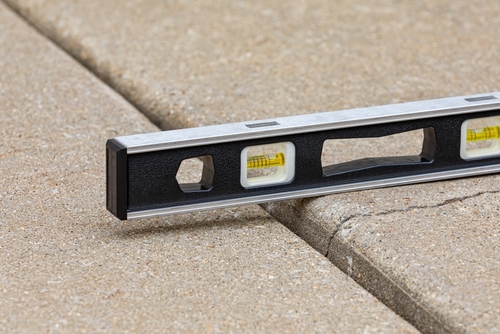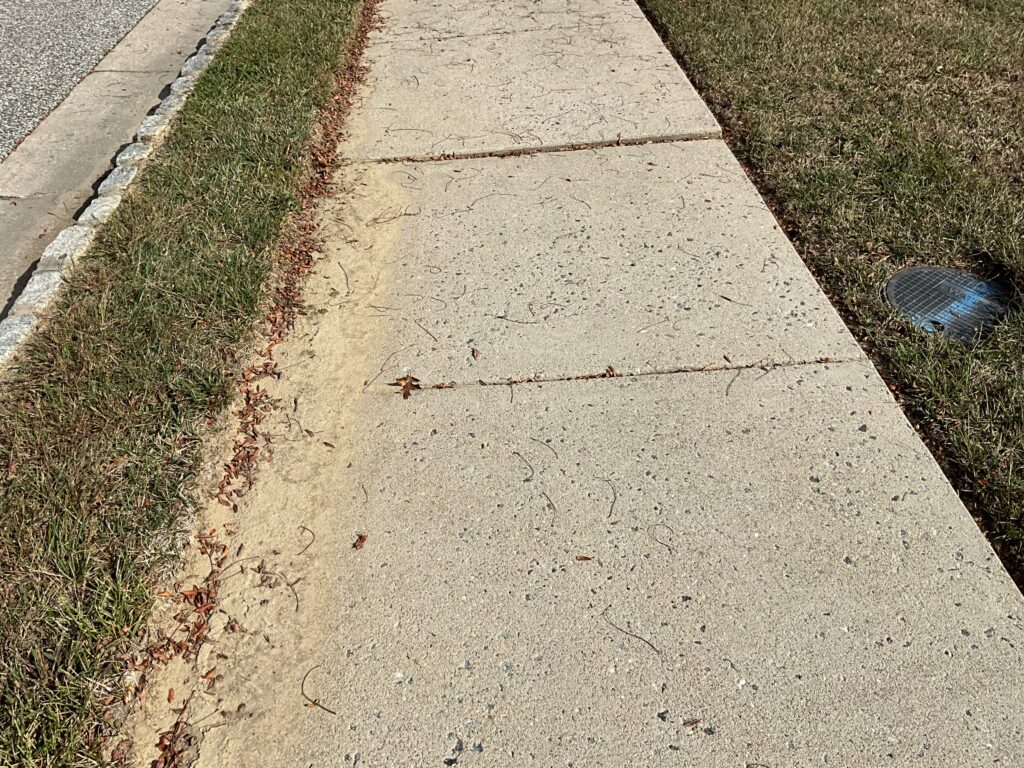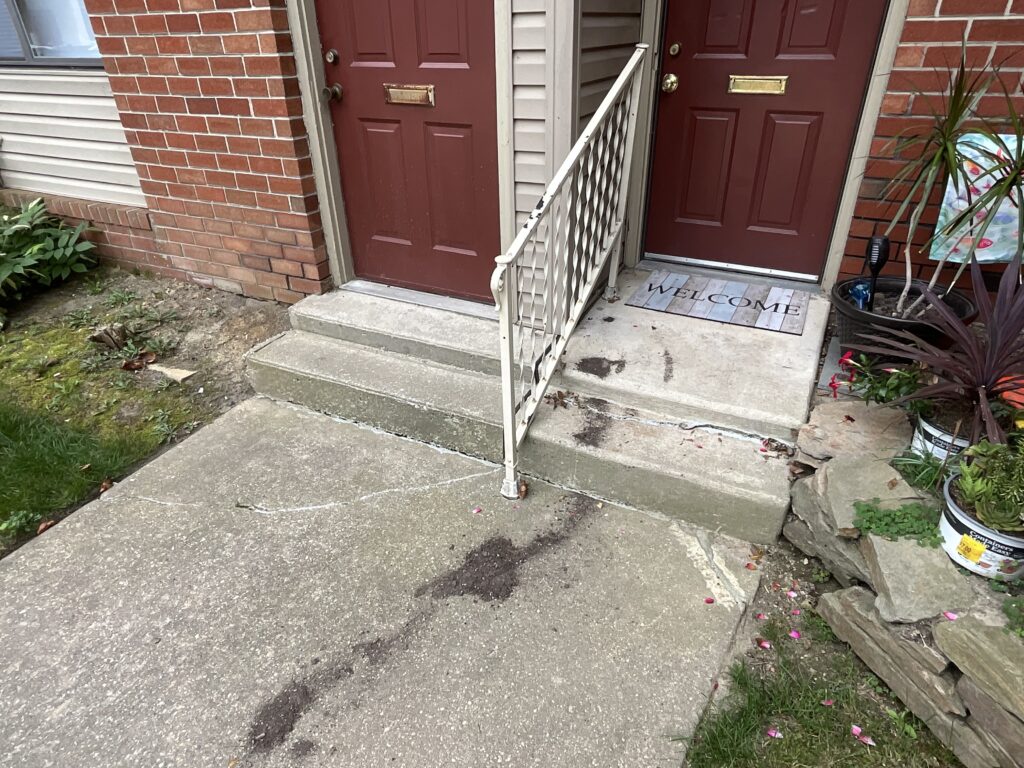
It’s that time of year! As the weather gets colder, folks look to start winterizing their homes. While many people are considering patching the roof and sealing drafty windows, Grasso Concrete is (naturally) thinking about your concrete. Winter’s low temps, snow, and ice can wreak havoc on your concrete driveways, walkways, and patios. Now is the perfect time to perform some much-needed maintenance to protect your concrete. Here are some of our pro tips to help you gear up for winter.

1. Look For Cracks
Concrete is porous, so while it is very durable, it is vulnerable to moisture. While this is not typically a problem for most of the year, it can become a problem if moisture is met with freezing temperatures. When water freezes, it expands, weakening your concrete and potentially causing cracks or breakage. Even a small crack can turn into a major issue if frozen moisture causes the crack to expand continually. As the crack widens, it will become a tripping hazard and can make your walkways precarious.
Don’t let any existing cracks worsen throughout the upcoming winter. Check all walkways, driveways, and foundation slabs for cracks or imperfections. If you perform the required maintenance now, you can look forward to stable, secure concrete through the holidays and beyond.

2. Correct Drainage Issues
Drainage issues are a drag in the summer, but they can become expensive and even dangerous in winter. Drainage problems can develop when concrete is sunken or pitched toward your house or garage foundation. Water that sits along your foundation can cause destruction, requiring expensive repairs down the line. As the weather gets colder, any precipitation that fills the dips in your concrete will freeze, creating a fall hazard.
If you have noticed precipitation puddling on your concrete, leveling those sunken spots can rectify the issue. Pitching your concrete away from your home is an excellent solution to avoid moisture puddling next to your foundation, which can cause damage upon freezing. Level concrete will make your home safer and offer a cost-effective solution to prevent damage.
3. Buy the Right Ice Melt Products
Many people utilize ice melt products to prevent slips and falls throughout the winter. However, these products aren’t always good for the structural integrity of concrete pathways. Over time, the continual melting and refreezing caused by using these products can cause cracks, surface scaling, and spalling.
You should always avoid using products containing ammonium nitrates and ammonium sulfates. These are particularly damaging to concrete because they interact chemically and lead to corrosion. Less corrosive ice melt products include calcium chloride, magnesium chloride, and calcium magnesium acetate.

We advise our clients not to use deicers on concrete for the first year after placement. You can use sand or volcanic granules as natural abrasives to improve traction and prevent accidents as an alternative to deicers.
Are you winterizing your concrete? Reach out today to take advantage of our more affordable fall and winter pricing. Many of our commercial accounts use this time to work on trip/fall hazards and prevent the deterioration of their concrete walkways. Grasso Concrete can help you minimize the impact that the cold months have on the look and longevity of your concrete.
